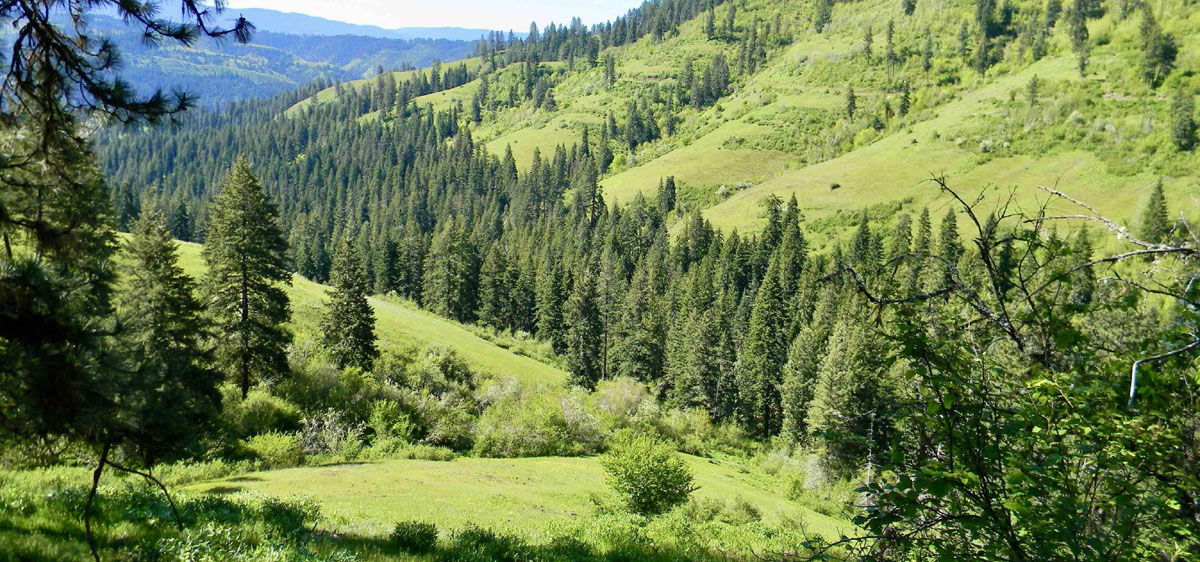Planting Memorial Trees and Celebration Trees in Idaho

I am text block. Click edit button to change this text. Lorem ipsum dolor sit amet, consectetur adipiscing elit. Ut elit tellus, luctus nec ullamcorper mattis, pulvinar dapibus leo.
Support 2025 Maggie Creek Spring Planting
A key part of Idaho’s reforestation efforts is the Maggie Creek Spring Planting, a program dedicated to restoring the vital ecosystem surrounding Maggie Creek, a spring-fed tributary of the Salmon River. This region has suffered due to heavy logging and the recent devastating effects of wildfires. The Maggie Creek Spring Planting initiative focuses on reintroducing native plants and trees to restore the health of the land and protect the water source that serves as a habitat for numerous plants and animals.
By participating in this program, you’ll help establish a resilient, thriving forest that plays an important role in preventing soil erosion, improving water quality, and stabilizing the creek banks. The planted trees will provide shade for the creek, which is essential for maintaining the health of aquatic life, and they will also offer shelter for migratory birds and other wildlife that rely on this special area.
As these trees mature, they’ll play an essential role in stabilizing the soil, improving water quality, and providing shelter for countless species. The restoration of Idaho’s forests also helps mitigate the risk of future wildfires by promoting healthier, more fire-resistant landscapes. By planting a tree here, you are not only honoring a loved one but also helping to restore the balance of nature in Idaho’s forests, ensuring that future generations can enjoy these lands as much as we do today.
Protecting Idaho’s Panhandle National Forests
Nestled in the glacially carved Cabinet Mountains of the Northern Rockies, Lightning Creek is a true gem of the Idaho Panhandle National Forests. Known for phenomenal fishing, untouched wilderness, and pristine waters, it’s more than a place to explore—it’s a place worth protecting. Living up to its dramatic name, Lightning Creek is shaped by wild floods and intense summer storms year after year. This watershed, the wettest area in Idaho with 90 inches of annual precipitation, funnels water from the steep, sharp peaks of one of the wildest mountain ranges in the lower 48. However, its beauty comes with challenges.
In 2006, catastrophic flooding wreaked havoc on trails, wildlife habitats, and the creek’s health, impacting both the forest and the nearby town of Clark Fork. In response, the National Forest Foundation (NFF) designated Lightning Creek a Treasured Landscape restoration site. Together with local partners and the Forest Service, we’re restoring this vital watershed by replanting whitebark pine and clearing blockages to allow fish and aquatic species to thrive. By reducing sedimentation and fostering local collaboration through the Panhandle Forest Collaborative, we’re building a foundation for long-term stewardship and community engagement. Lightning Creek is a wild, awe-inspiring landscape—and with your help planting trees in Idaho, we can ensure it remains that way for generations to come.